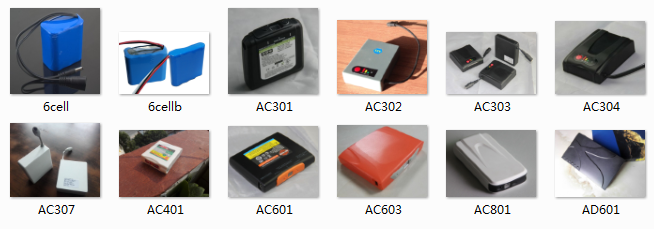I. Introduction and characteristics of power carrier technology
Power carrier technology, referred to as PLC technology, is the abbreviation of English Power line Communication. The power carrier is a communication method unique to the power system. The power carrier communication refers to a technology that uses an existing power line to transmit analog or digital signals at high speed through a carrier. The biggest feature is that there is no need to re-erect the network, as long as there is a wire, it can be carried out. Data transmission is the transmission of signals over power lines using the 1.6 to 30 MHz band. At the time of transmission, the user data is modulated, line coupled, and then transmitted on the power line by using GMSK or OFDM modulation technology. At the receiving end, the modulated signal is filtered out from the power line through decoupling, and then demodulated. Restore to the original signal. The currently achievable communication rate is between 4.5 and 45 MB/s depending on the specific device. The PLC device is divided into a branch office and a modem. The central office is responsible for communication with the internal PLC modem and with the external network. During communication, data from the terminal address or user enters the modem modulation and is transmitted to the central office equipment through the distribution line of the system. The central office demodulates the signal and then transfers it to the control host or the external Internet.
Power carrier technology related features
(1) Channel transmission characteristics
Power carrier communication differs from conventional point-to-point or point-to-multipoint impedance constant transmission media. Since most of the power lines have many branches, the physical characteristics of different branch cables are inconsistent, and the load impedance is not constant, among them, the impedance change of the medium voltage power line is slightly small, and the branch of the medium voltage cable is generally not much. Thus the power line channel is a multipath reflection and frequency selective fading channel. We can use simulation techniques to investigate the possibility of communication performance on different topological networks. By building models and based on a large number of tests, PLC networks can be researched and designed. At the same time, different modulation techniques and coding techniques can be compared.
(2) Channel noise characteristics
In addition to signal distortion caused by line attenuation and multiplex transmission, noise is a key factor affecting reliable communication of power line data. Through a lot of theoretical research and practical tests, the noise distribution in the power line channel is very different from other common channels, and the noise does not exhibit white Gaussian noise (AWGN) characteristics, ranging from a few hundred kHz to several tens of MHz. Mainly for narrowband interference and impulse noise. In order to overcome these effects, complex channel coding techniques must be considered. The noise in the medium and low voltage distribution network can be divided into the following five categories.
(1) Colored background noise: has a relatively low power spectral density (psd), and the power spectral density varies with frequency;
(2) Narrowband noise: mainly some amplitude-modulated sinusoidal signals. In severe cases, there is a high-level noise in a wide frequency range;
(3) Periodic impulse noise of non-grid harmonics: Most of these noises are caused by switching power supplies, and the probability of occurrence in low-voltage power lines is large;
(4) Periodic impulse noise synchronized with the power frequency: the repetition frequency of these pulses is 50 Hz or 100 Hz, which is synchronous with the power frequency, and their duration is very short (several microseconds); (5) asynchronous impulse noise: it is the grid The power spectral density of such noise is sometimes 50 dB higher than the background noise due to the instantaneous electrical breaking.
Our 12v battery pack designed to be chargeable via motorcycle/car cigaretter, capacity range from 2200mah to 10Ah, with wireless heat controller or bluetooth control. Applications widely ranges in heating clothing, heated motorcycle clothing, heated jacket, electric jacket, electric heated clothing, heated coat, heated vest, heated pants, heatgear, electric gloves, heated jacket mens, heated jacket womens.

12V Heated Jacket Battery,Heated Jacket Battery, Heated Coat Battery,Heated Vest Battery
Asarke Industry Co., Limited , https://www.asarke-industry.com